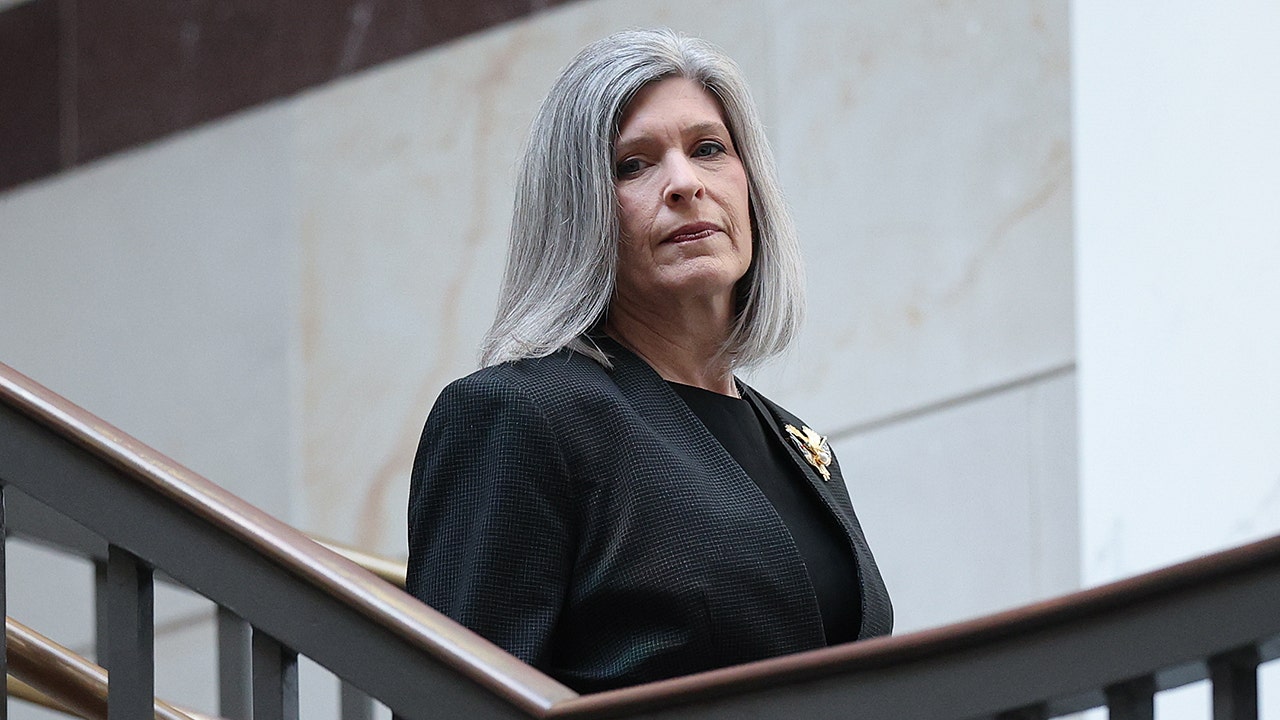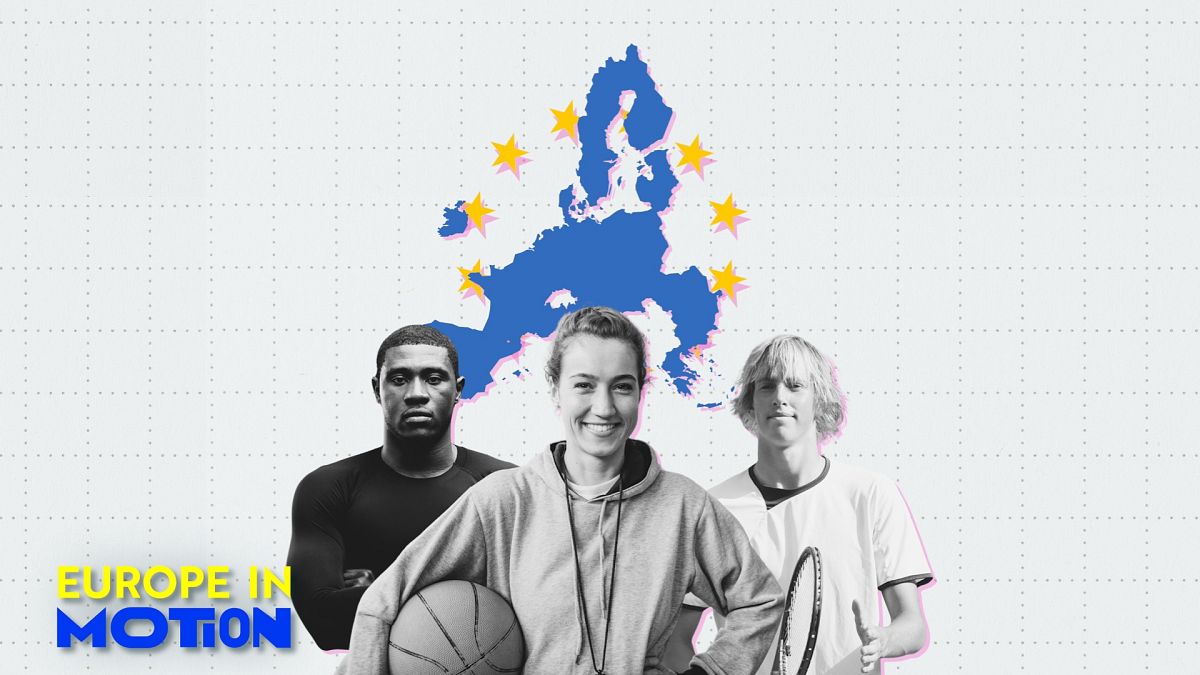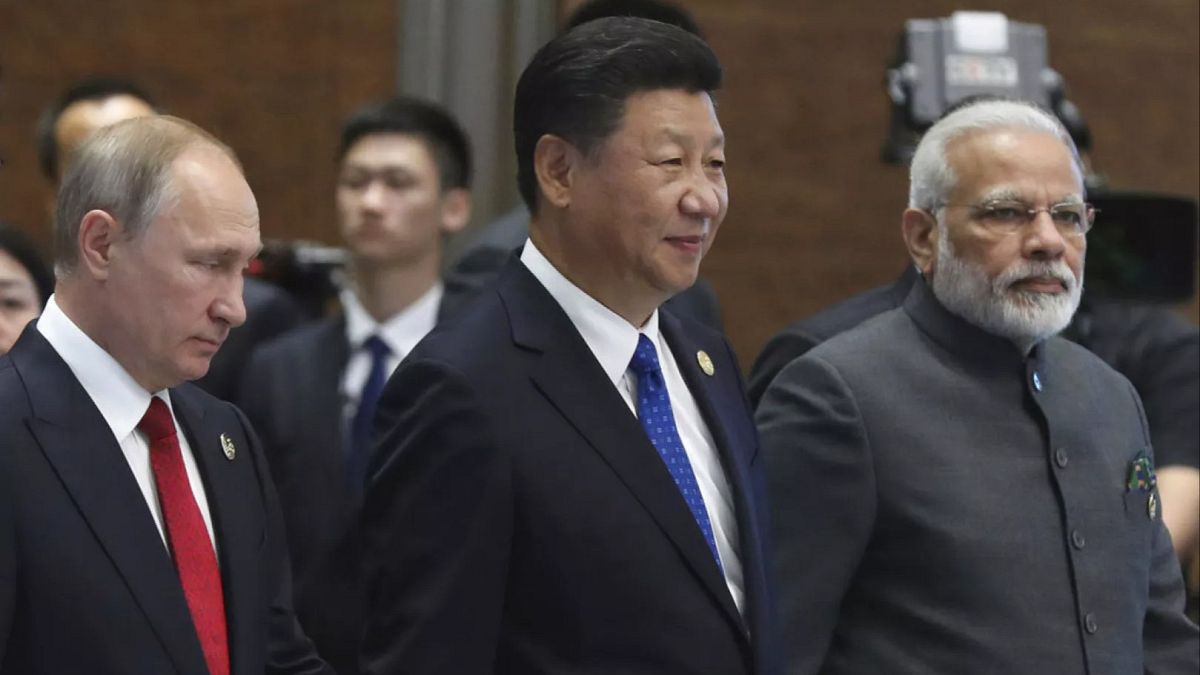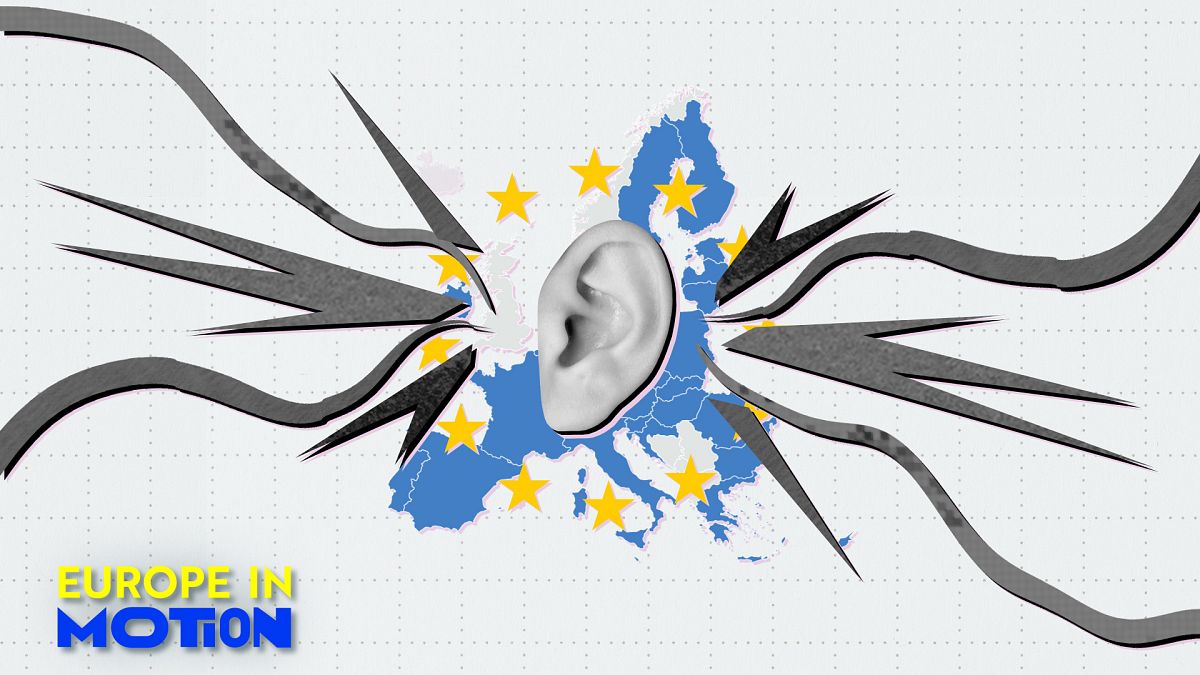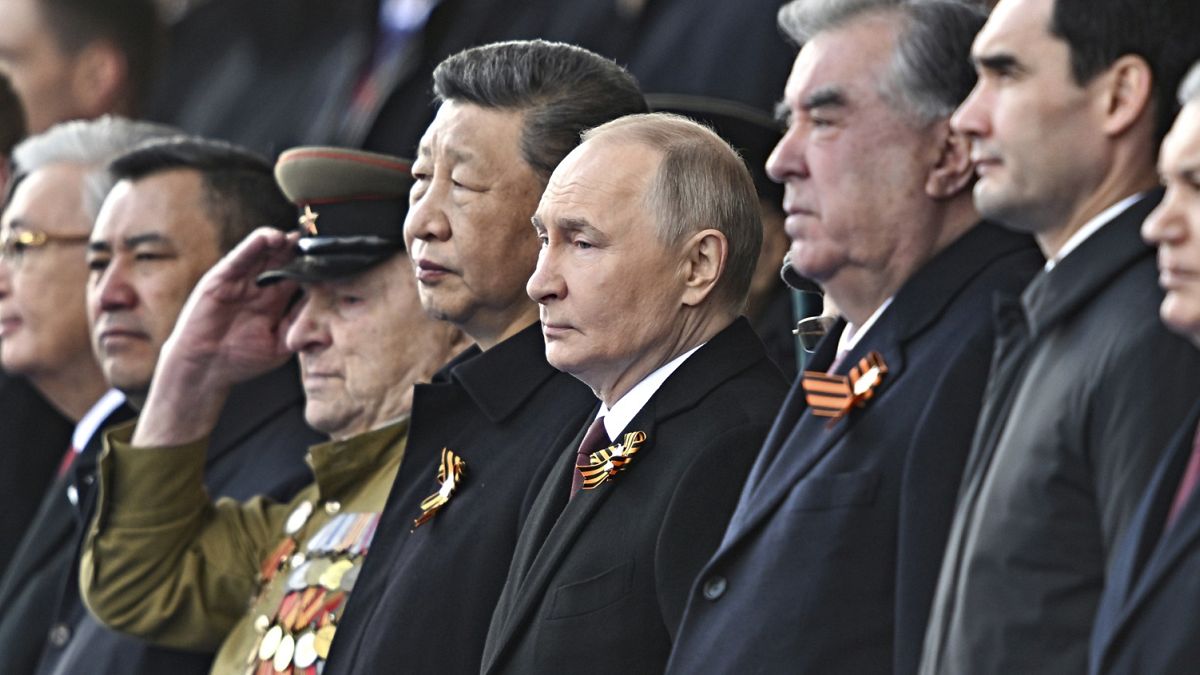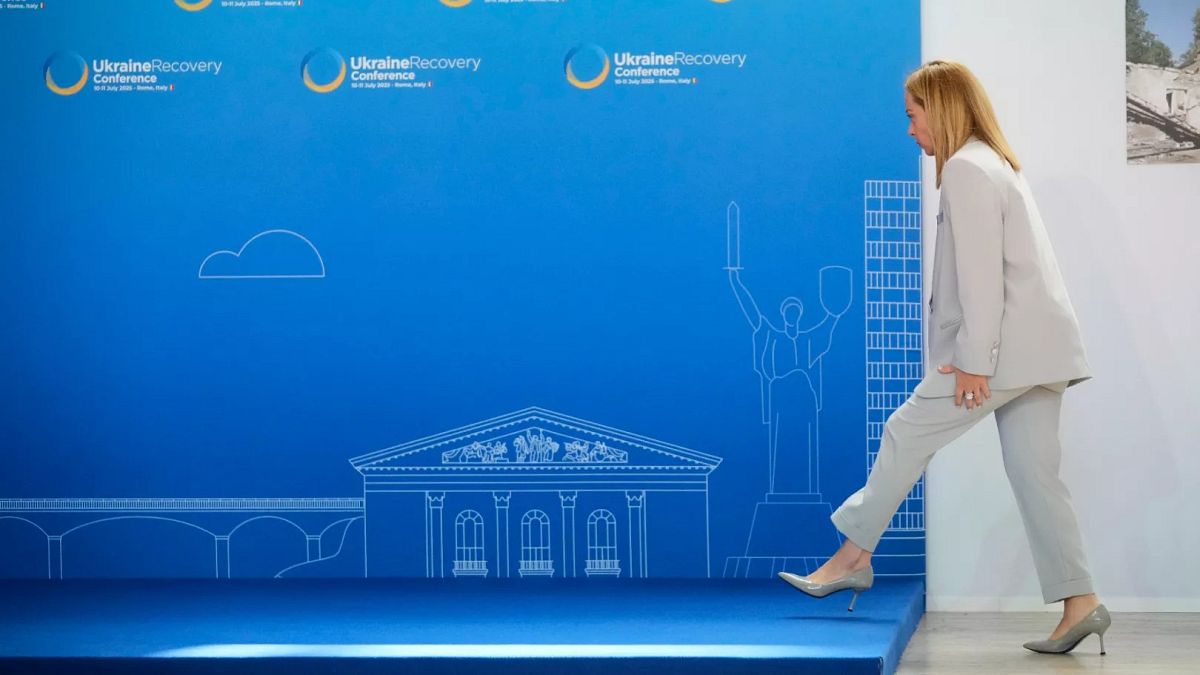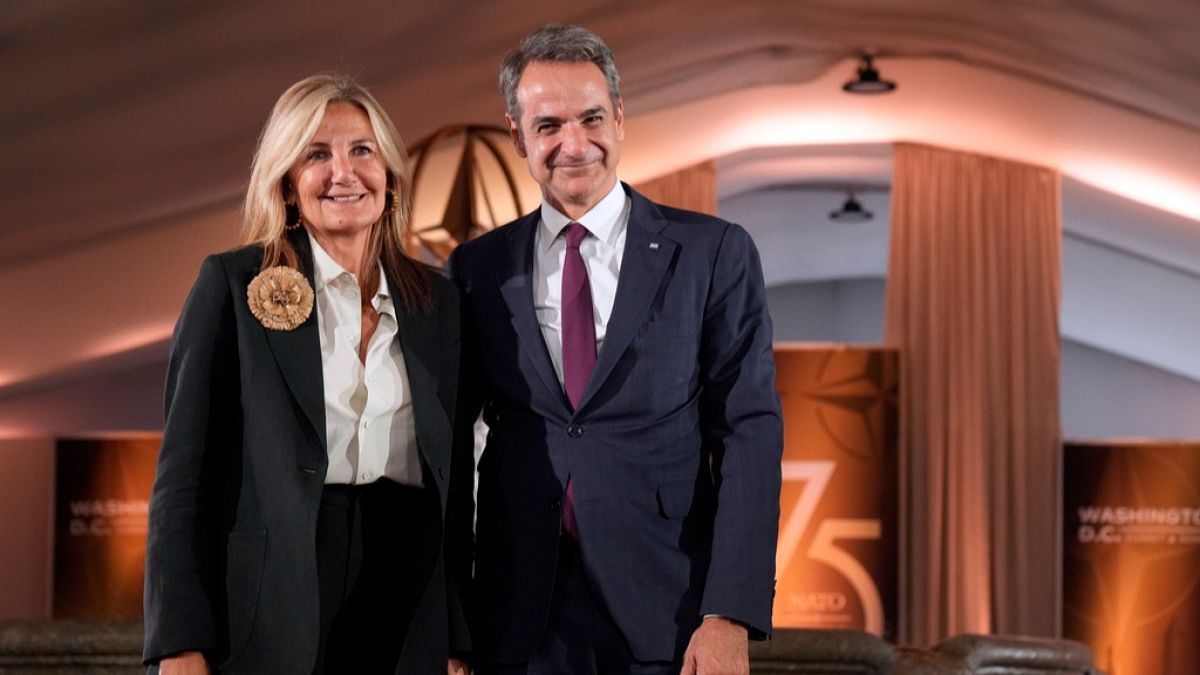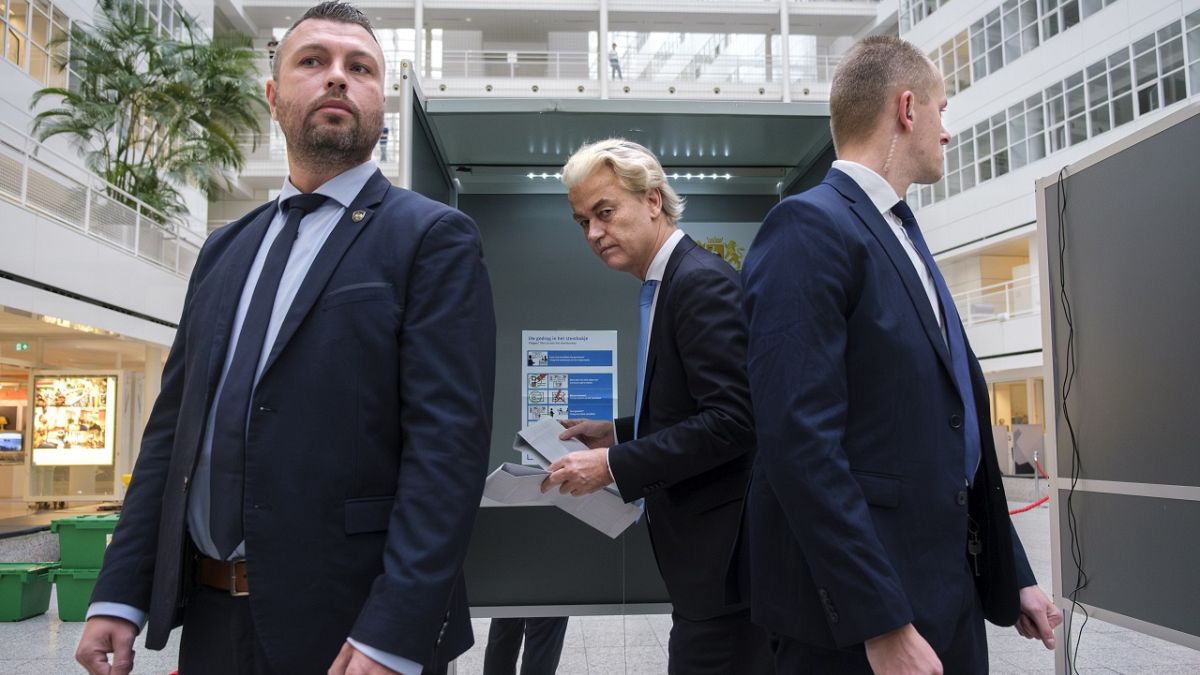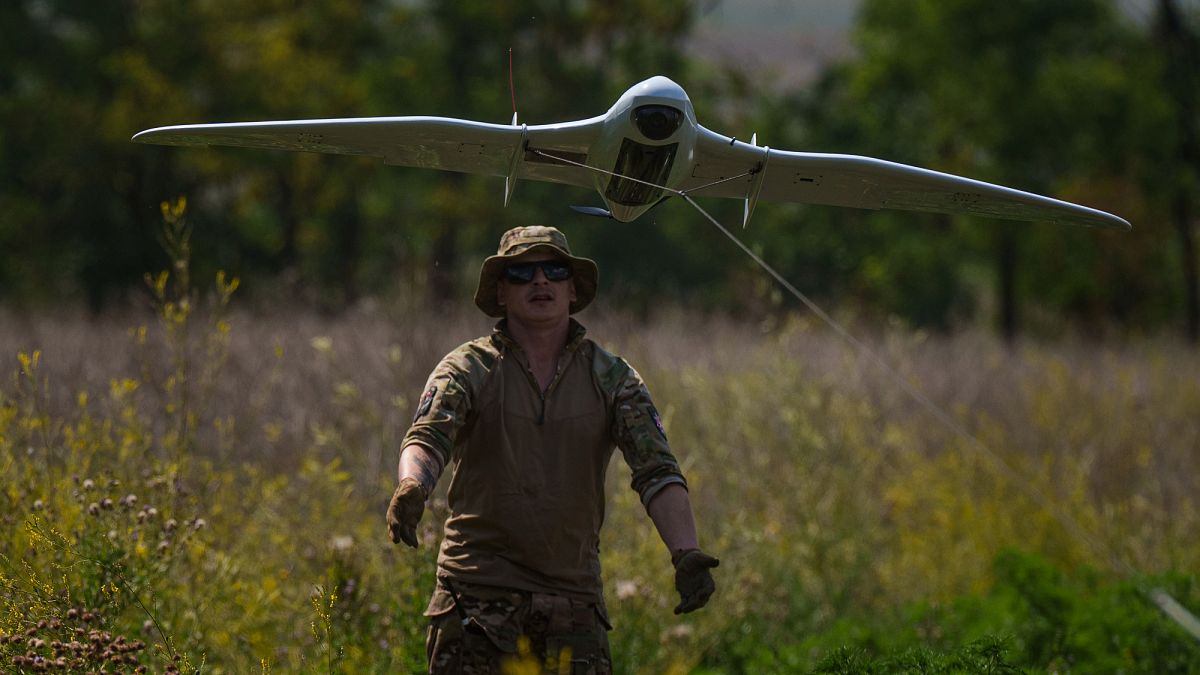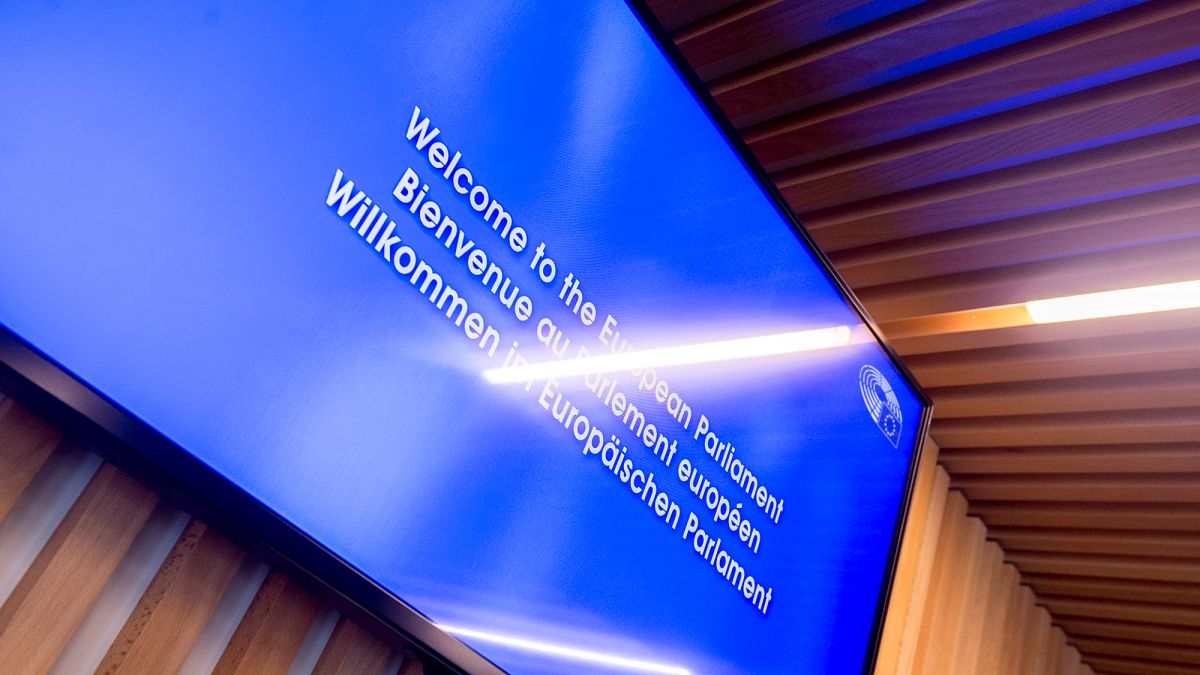ADVERTISEMENT
Between 2023 and 2024, employment in the sports sector rose by 6.5%, reaching 1.6 million employees last year.
This is the third year in a row where employment in sport has seen growth, a positive trend attributed to recovery from the COVID-19 crisis, according to Eurostat.
Sweden leads the way, with 1.50% of its workforce being employed in the sports industry, followed by Denmark with 1.37% and Spain with 1.17%.
By contrast, Romania (0.21%), Bulgaria (0.44%), and Czechia (0.47%) have the lowest share of people working in this sector.
Compared with the age structure of the total employed population, there is a higher percentage of youth employed in sport than the EU average for all other sectors.
Last year, more than one-third (36.8%) of all employees were aged between 15 and 29 years old.
In seven EU countries, at least 40% of people employed in sport were young people: Denmark (52.7%), Finland (49.7%), Sweden (49.2%), the Netherlands (46.3%), Belgium (43.5%), Spain (43.5%) and Ireland (43.2%).
In Bulgaria and Spain, that figure was at least three times higher than in other sectors of employment.
Women in the sports sector
The sports industry has long been one of the areas where gender inequality is most visible.
Only at the Paris 2024 Olympic and Paralympic Games was gender parity achieved among athletes, with an equal number of men and women competing for the first time.
Yet the gender gap in sport employment in the EU has widened since 2011.
In 2024, more than 900,000 men were working in sport, compared to just over 700,000 women.
In most EU countries, men outnumbered women in sport-related jobs, with the biggest gender gaps in employment being observed in Cyprus (where 69.4% of employees were men) and Belgium (66.8%).
However, in three EU countries, there were more women than men employed in sport (Latvia with 53.3%, Sweden with 51.4%, and the Netherlands with 50.8%).
The gender disparity is also evident in leadership roles.
In 2024, women held fewer than a quarter of top decision-making roles in national sports federations across the EU’s ten most popular sports, ranging from just under 8% in Slovenia to 51% in Sweden.
Only 13% of these federations had a female President and 21% had a female Vice-President.


